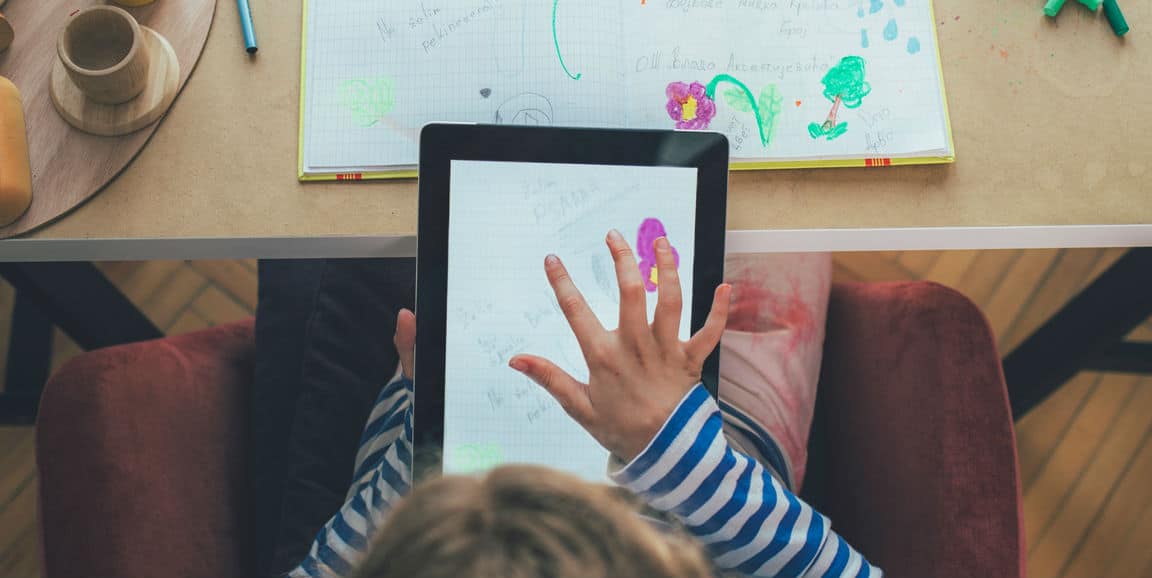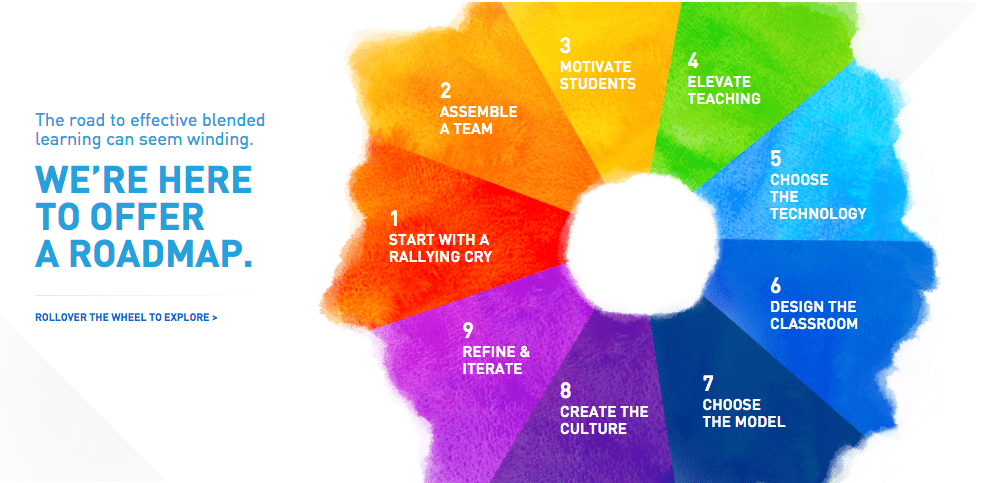Clifford Maxwell contributed to this blog post.
Today marks the sixth annual Digital Learning Day. It’s a day to step back and look at the enormous progress and promise that technology brings to instruction and to look ahead at where digital learning stands to grow.
Ironically, looking back we all too often boil innovation down to singular “light-bulb” moments. When Thomas Edison, who in 1879 invented the first commercially viable incandescent light bulb, had failed thousands of times before succeeding. Though it’s true that there was a point in time when the light bulb lit up and a patent was filed, Edison famously declared:, “Genius is one percent inspiration, 99 percent perspiration.” In other words, innovation is a process, not a one-time event.
Like the light bulb, building a successful blended-learning environment for students is a process of innovation, not an event. What began as early online Advanced Placement courses for high schoolers who lacked access to face-to-face teachers has blossomed into an expanding ecosystem of new instructional models, powerful tools, and dedicated educators leveraging technology. Over time, digital learning came to include more than just stand-alone online courses. Educators began to integrate online content into their lessons and throughout the school day, thereby unlocking new pathways for more students.
Not content to rest on their laurels or view the one-time infusion of devices and learning software as the ultimate victory, successful blended-learning innovators understand how to manage the process of innovation within their schools to unlock individual student potential. In that spirit, we are thrilled to share in Digital Learning Day’s mission to “actively spread innovative practices” with the release of the blended-learning Design Framework on the Blended Learning Universe (BLU).
Taken from the findings of Michael Horn and Heather Staker in Blended, this interactive online design framework aims to help school leaders who are both beginning the process of blended learning as well as those who are hoping to iterate and improve upon their current models.
Our design process urges educators and leaders to bring technology to bear to address their thorniest instructional challenges, not just to arm children with shiny new laptops. For example, the first step, developing a SMART rallying cry, separates those who infuse technology for technology’s sake from those who identify a clear goal that does not reference technology at all. From there, the process takes educators and leaders through a deliberate design methodology for tackling that goal, grounded in our theories of innovation and examples of schools in the field that have successfully deployed blended learning to reach better outcomes for their students.
At each step along the way, schools will find key design considerations, research-based tips, a video example from a school or district on the BLU school directory, and DIY worksheets that teams can use to put each design step into action.
As the creators of this process, Michael Horn and Heather Staker, pointed out in Blended, following this design process once doesn’t constitute the end of the journey. Schools that implement blended learning successfully are constantly re-evaluating their students’ and teachers’ needs, adapting their blended-learning models, and refining their rallying cry in order to create truly student-centered learning environments. With this tool, school leaders everywhere now have a framework to help them do just that.
For more, see:




